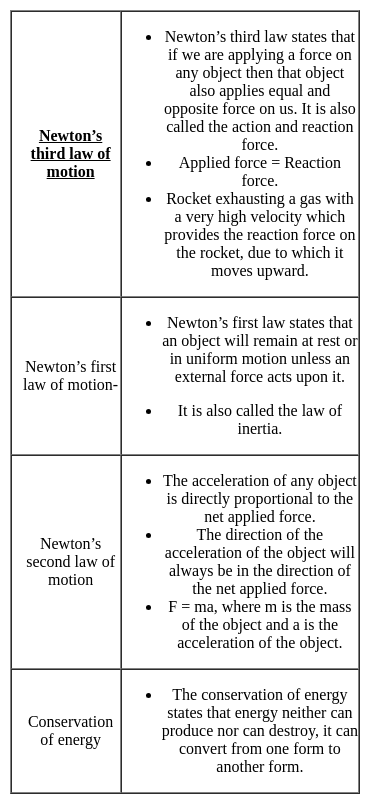Software Development Exam > Software Development Tests > Test: General Science - Software Development MCQ
Test: General Science - Software Development MCQ
Test Description
10 Questions MCQ Test - Test: General Science
Test: General Science for Software Development 2025 is part of Software Development preparation. The Test: General Science questions and answers have been prepared
according to the Software Development exam syllabus.The Test: General Science MCQs are made for Software Development 2025 Exam.
Find important definitions, questions, notes, meanings, examples, exercises, MCQs and online tests for Test: General Science below.
Solutions of Test: General Science questions in English are available as part of our course for Software Development & Test: General Science solutions in
Hindi for Software Development course.
Download more important topics, notes, lectures and mock test series for Software Development Exam by signing up for free. Attempt Test: General Science | 10 questions in 20 minutes | Mock test for Software Development preparation | Free important questions MCQ to study for Software Development Exam | Download free PDF with solutions
Detailed Solution for Test: General Science - Question 1
Detailed Solution for Test: General Science - Question 2
Detailed Solution for Test: General Science - Question 3
Detailed Solution for Test: General Science - Question 4
Detailed Solution for Test: General Science - Question 5
Detailed Solution for Test: General Science - Question 6
Detailed Solution for Test: General Science - Question 7
Test: General Science - Question 8
Orange juice contains ______ acid due to which it tastes sour.
Detailed Solution for Test: General Science - Question 8
Detailed Solution for Test: General Science - Question 9
Detailed Solution for Test: General Science - Question 10
Information about Test: General Science Page
In this test you can find the Exam questions for Test: General Science solved & explained in the simplest way possible.
Besides giving Questions and answers for Test: General Science, EduRev gives you an ample number of Online tests for practice
Download as PDF



















